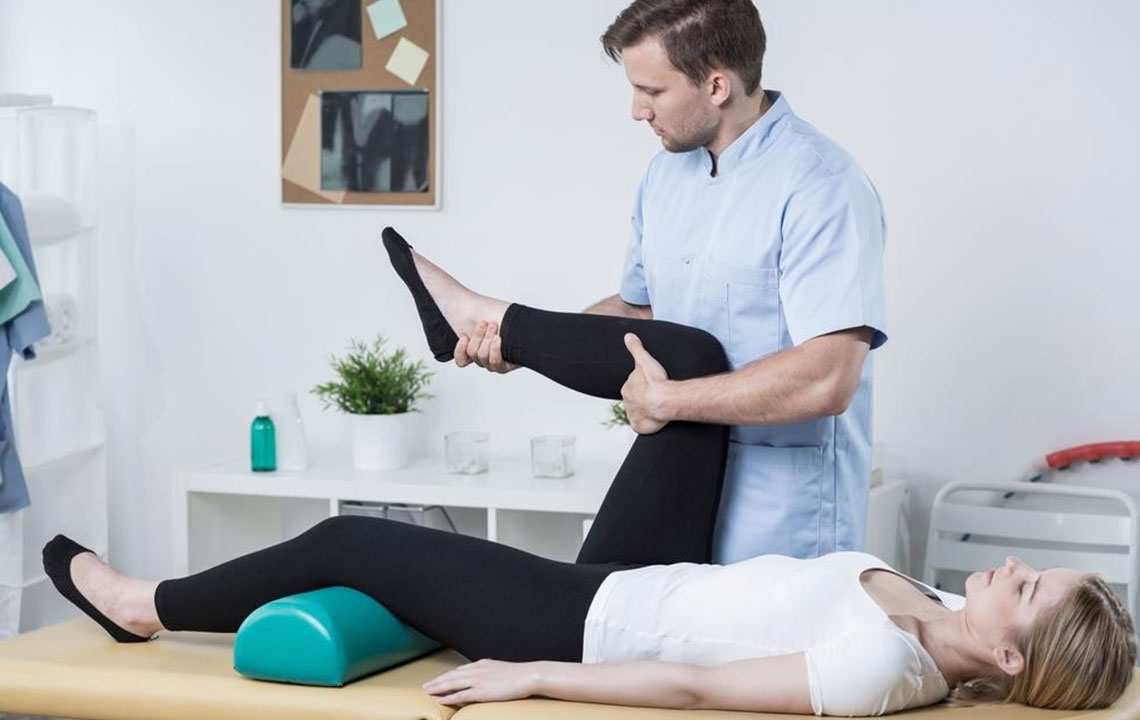Joint Pain – Causes, Symptoms, and Treatment Options
Joints form the connection between the bones in the human body. Joints provide support and help a human move around. When a joint is damaged, a lot of pain may be caused, and movement may be greatly hampered.
In a national survey that was recently conducted, it was found that about one-third of adults reported having joint pain within the past 30 days. The most common complaint concerning joint pain was knee pain, following which was hip and shoulder pain.

From mild discomfort to debilitating pain, joint pains come in varying degrees. It may be acute and last for a few weeks or become chronic and prolonged for many months. Treatment of joint pain depends on the severity and seriousness of the condition. Alternative treatments, physical therapy, and medication can help manage joint pain.
A doctor usually needs to diagnose the problem properly and identify the primary joint pain causes. Based on the diagnosis, and the severity of the joint pain causes, treatment is developed to reduce pain and inflammation.
Painful joints can occur due to a variety of conditions. The most common joint pain causes include:
– gout,
– strains,
– sprains,
– bursitis,
– rheumatoid arthritis,
– osteoarthritis,
– lupus,
– certain infectious diseases, such as influenza, mumps, and hepatitis,
– breakdown of the cartilage in the kneecap,
– injuries,
– tendinitis,
– infection of the bone,
– overuse of a joint,
– cancer,
– fibromyalgia,
– osteoporosis,
– sarcoidosis,
– rickets.
Symptoms of joint pain
Based on the abovementioned joint pain causes, the symptoms of it can vary from person to person. The following are some common symptoms experienced by most people:
– Stiffness
– Limited movement in the area or limb related to affected joint
– Swelling in the joint
– Loss of function in the joint
The severity of the symptoms directly depends on the degree of damage of the joint pain causes. A warm-to-touch joint is usually indicative of ongoing severe inflammation or infection. These are considered a medical emergency.
Some of the most common options of treatment based on the various joint pain causes include:
Medications
An over-the-counter or prescription nonsteroidal anti-inflammatory drug (NSAID) such as ibuprofen (Advil, Motrin), ibuprofen, or naproxen sodium (Aleve) may be prescribed for moderate-to-severe joint pain with swelling to provide relief. Cox-2 inhibitors (celecoxib) is a newer generation of NSAIDs proven to provide pain relief. However, most of these drugs have been removed from the market since they increase the risk of strokes, heart attacks, and other cardiovascular problems. Celebrex is the only such drug available in the market right now. NSAIDs can also have side effects that can potentially increase the risk of gastrointestinal bleeding.
For incidents of mild pain with no swelling, acetaminophen, more commonly known as Tylenol, can also prove to be effective. This medicine needs to be taken carefully, especially if one drinks alcohol since it can potentially cause liver damage. These risks state that these medicines should be taken with caution.
A stronger opioid medication may be provided by a doctor if the pain is not alleviated through traditional painkillers like Cox-2 and NSAIDs. Opioid drugs cause drowsiness and constipation so need to be taken under a doctor’s monitoring. Laxatives and bed rest may be suggested to counter these effects.
Other drugs
Some other drugs that can be used to treat the joint pain causes include:
– Muscle relaxants that help treat muscle spasms which can be used with NSAIDs to increase their effectiveness.
– Antidepressants and antiepileptic drugs that interfere with pain signals.
Topical agents
Capsaicin, found in chili peppers, can help alleviate joint pain from arthritis and other similar conditions. Capsaicin works by blocking substance P that helps in transmitting pain signals. It then triggers the release of chemicals in the body that is called endorphins, which block pain. The side effects of capsaicin cream may include burning or stinging in the area where it is topically applied. Methyl salicylate is another ingredient that comes in the form of an arthritis cream that can be used.
Injections
A doctor may inject a steroid medication to people who cannot find relief from joint pain through oral or topical medications. This steroid injection may be given with an anesthesia and is injected directly into the every three to four months. Patients with joint disease, arthritis, or tendinitis are the most common candidates for steroid injections. The effect of these injections is temporary, but the procedure is highly effective. Some common side effects of these steroid injections are that they may mask an injury, thus making the patient overuse the joint and damaging it even further.
Fluid removal
Removing fluid from the joint along with a steroid injection is another method.
A synthetic version of the natural joint fluid is an injection of hyaluronan that is used to treat osteoarthritis.